We present to your attention the Armenian translation (with reductions) of the article One Winemaker’s Fight to Preserve Armenian Wine, published on Punchdrink.com.
Craig Sauers
The war was a couple of miles away. As drones buzzed and missiles screamed over the vineyard in the 1,200-year-old village of Togh, winemaker Andranik Manvelyan had only one thought: he needed to make sure his grapes were ready for harvest.
It was October 2020, and the Second Nagorno-Karabakh War had just erupted.
“We were working under shells and bombs. When I think about it now, it’s absurd. How could I stay there?” Manvelyan recalls, shaking his head. Then, as if to lighten the weight of his words, he laughs.
I glance at his boss, Grigori Avetissyan, who’s holding a tulip glass between calloused hands, a knowing grin breaking on his face. Avetissyan is the founder of Kataro and Manvelyan has been his right-hand man.
After the 2020 war, Avetissyan bribed Russian peacekeepers to access his nursery in the occupied village of Hadrut. There, he gathered 1,000 khndoghni grapevines and smuggled them to Yerevan, by hook or by crook.
“Did I give them money? The Russians took one look at my beautiful eyes and let me right in,” says Avetissyan, and Manvelyan laughs so hard I fear he might choke on his rosé.
Andranik Manvelyan and Grigori Avetissyan | Image by: Narek Harutyunian/Punchdrink
Avetissyan founded Kataro in 2010. The label catapulted khndoghni grapes - which are deep blue and yield a velvety red wine with dark berry notes - into the winemaking lexicon. But khndoghni isn’t just any wine. It is Artsakh’s wine. And no one makes it better than Kataro.
“When we’re talking about Armenian wine, if you say Artsakh, we understand you mean Kataro. If you say Kataro, we understand you mean Artsakh,” says Arpi Yeganyan, a tour operator in Yerevan who specializes in wine excursions.
After the Second Nagorno-Karabakh War, this heritage was nearly lost. By 2023, more than 100,000 Armenians had been displaced from Artsakh. Less than 150 miles away, in Yerevan, Kataro became a symbol of what was lost. Bottles flew off the shelves at In Vino, the city’s first wine bar.
“Customers bought all the wines from Artsakh because they wanted to have a memory to keep. Most didn’t even drink them. They stored them like collectibles,” says In Vino co-founder Mariam Saghatelyan.
Image by: Narek Harutyunian/Punchdrink
Kataro is the only one of Artsakh’s 15 established wineries that has restarted production - now at a new facility in Dzoraghbyur, just outside Yerevan.
Today, Manvelyan’s khndoghni grapes - born in Artsakh and now growing in Armenia - are about a year old. He says he’s still two years away from being able to make wine from them.
When the next Kataro khndoghni is released, it won’t be the same wine. But Avetissyan and Manvelyan will likely do what they always do: laugh it off and get back to work.
“It’s not about the wine, it’s about the emotions that will be in the bottle,” says Manvelyan.


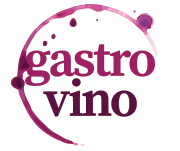
 ×
×
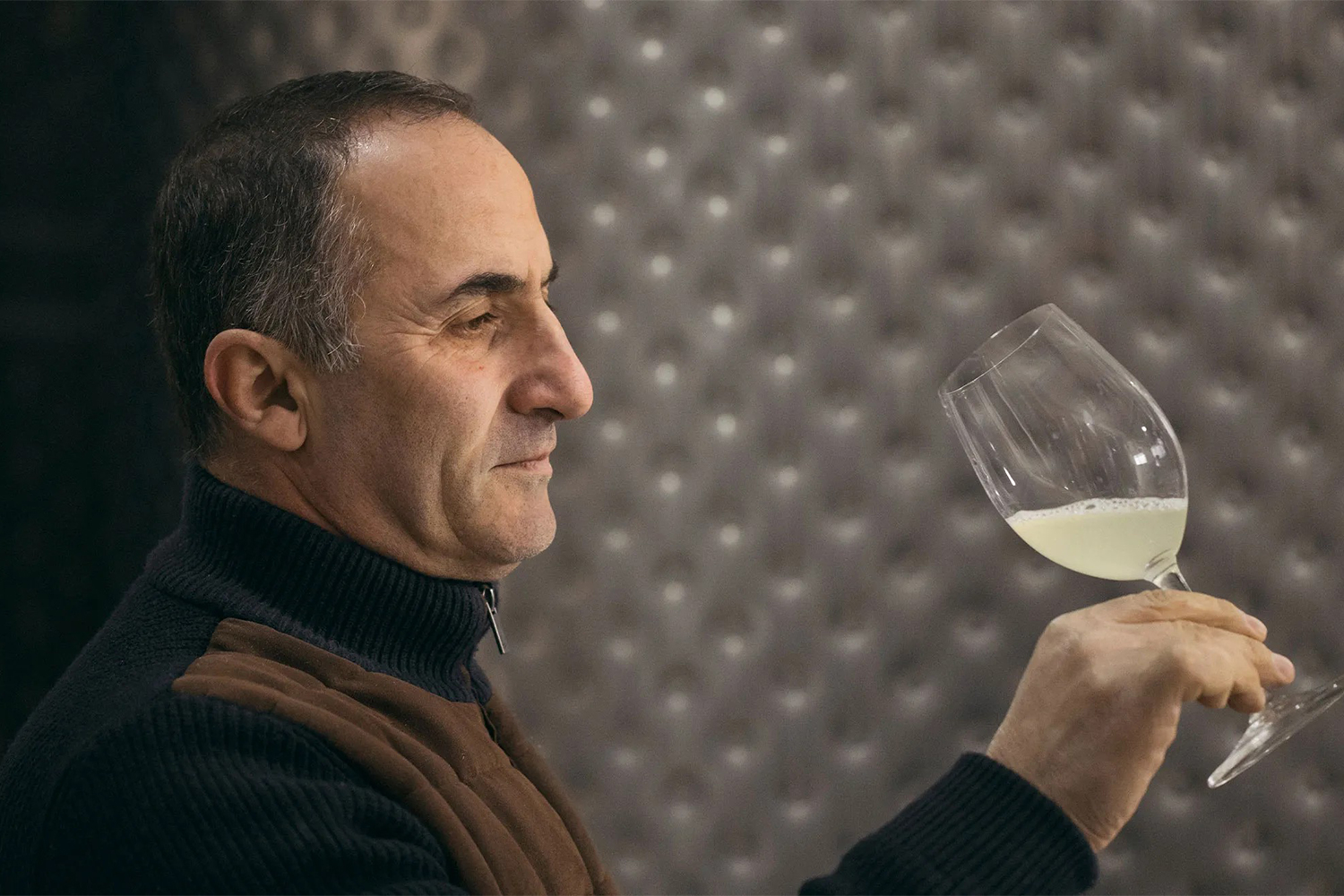

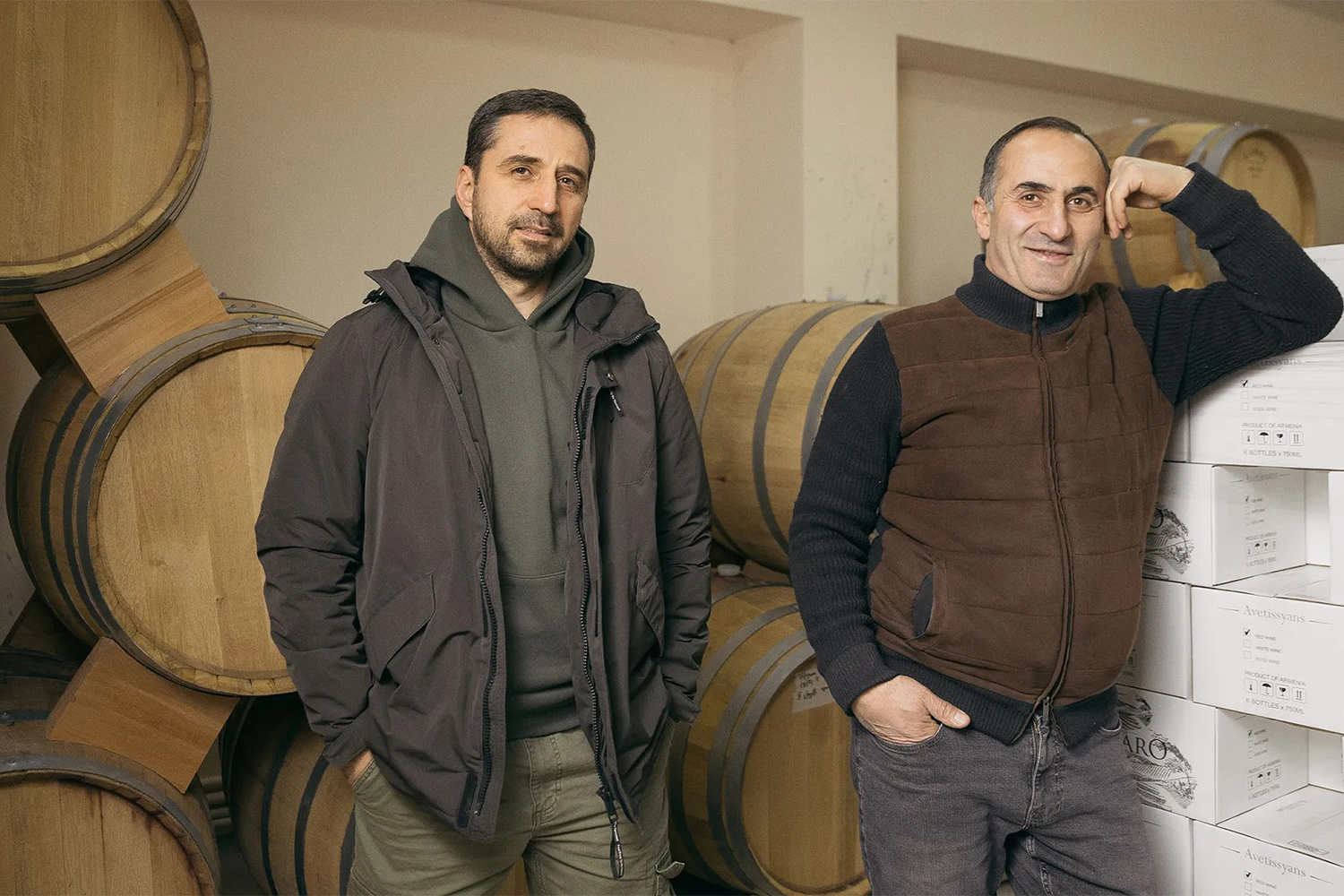
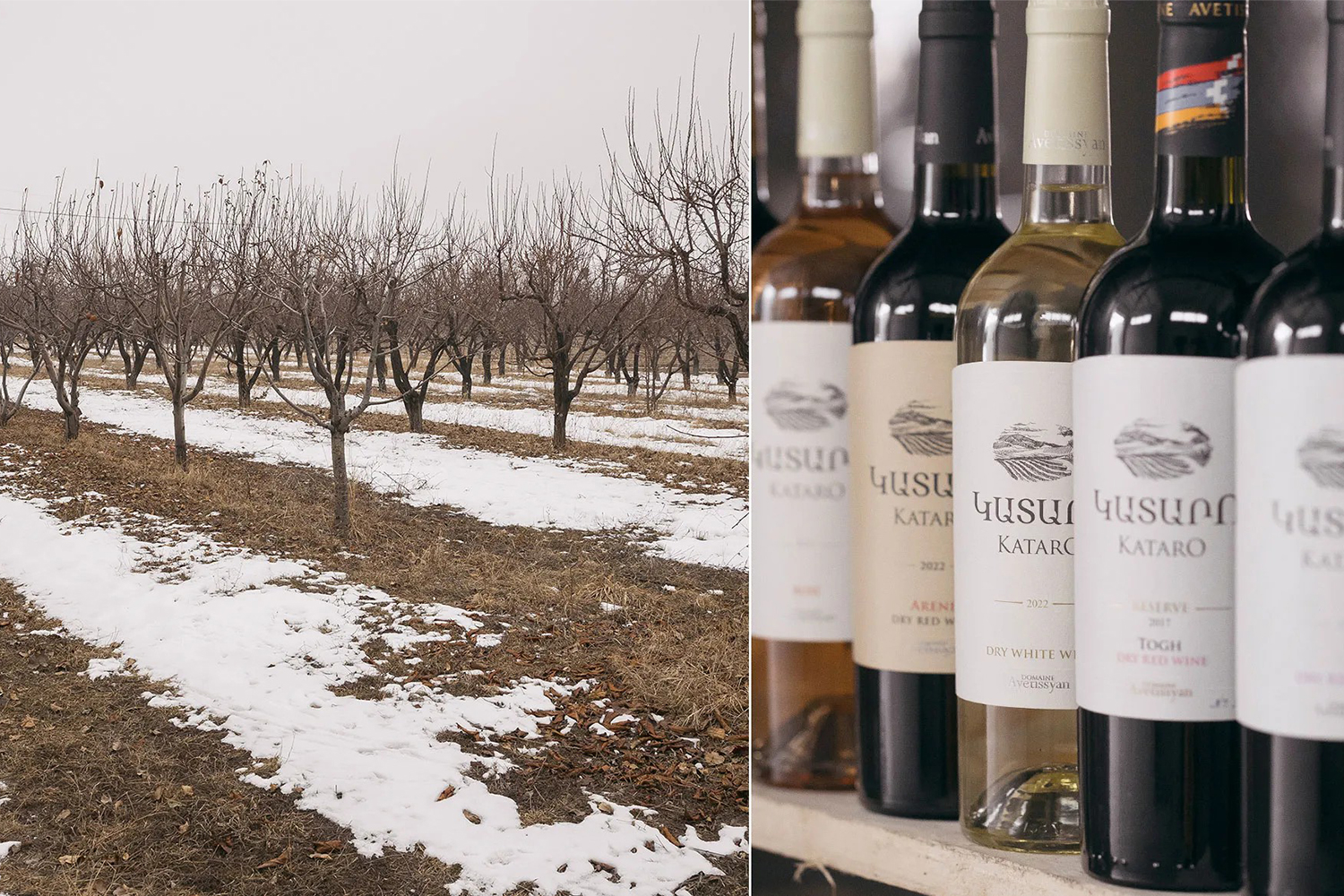


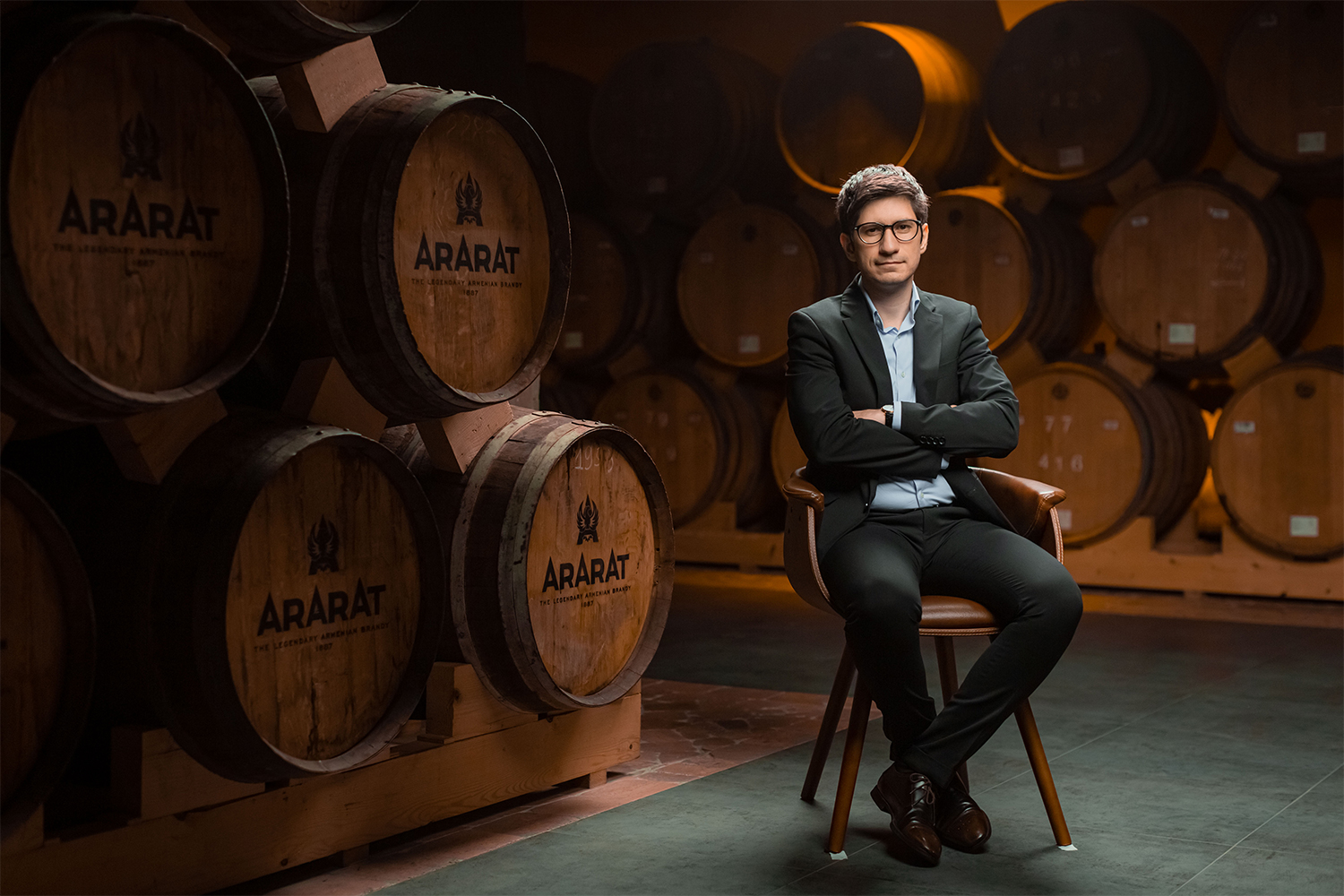

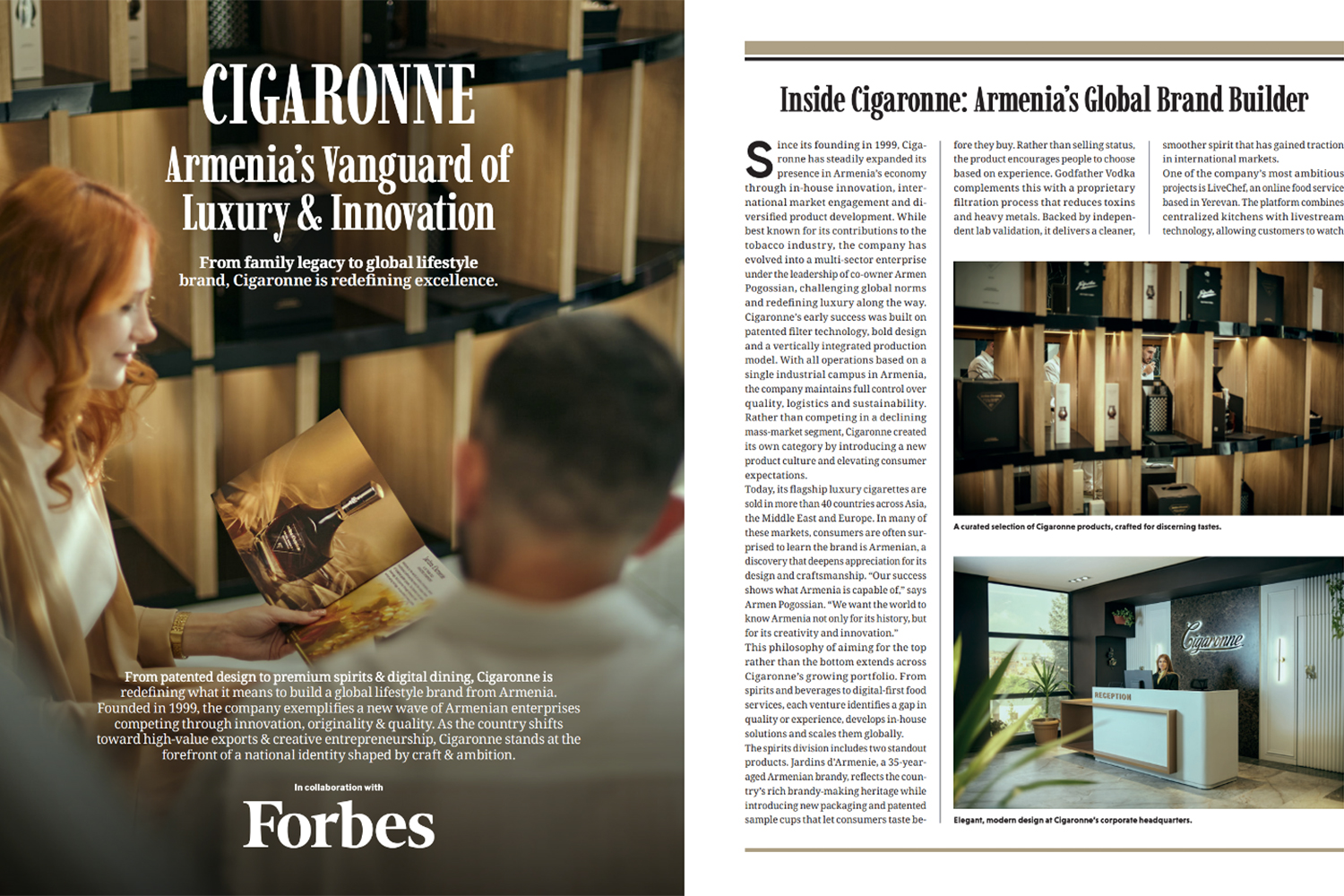


Comments
Dear visitors, You can place your opinion on the material using your Facebook account. Please, be polite and follow our simple rules: you are not allowed to make off - topic comments, place advertisements, use abusive and filthy language. The editorial staff reserves the right to moderate and delete comments in case of breach of the rules.